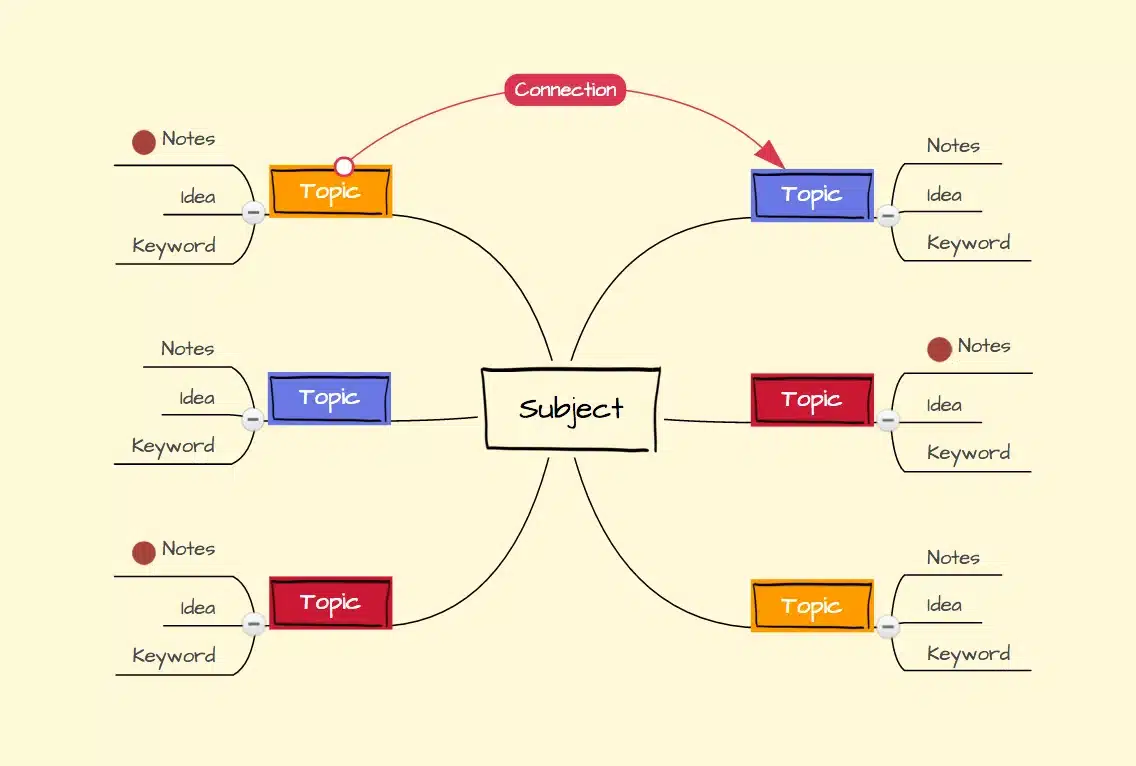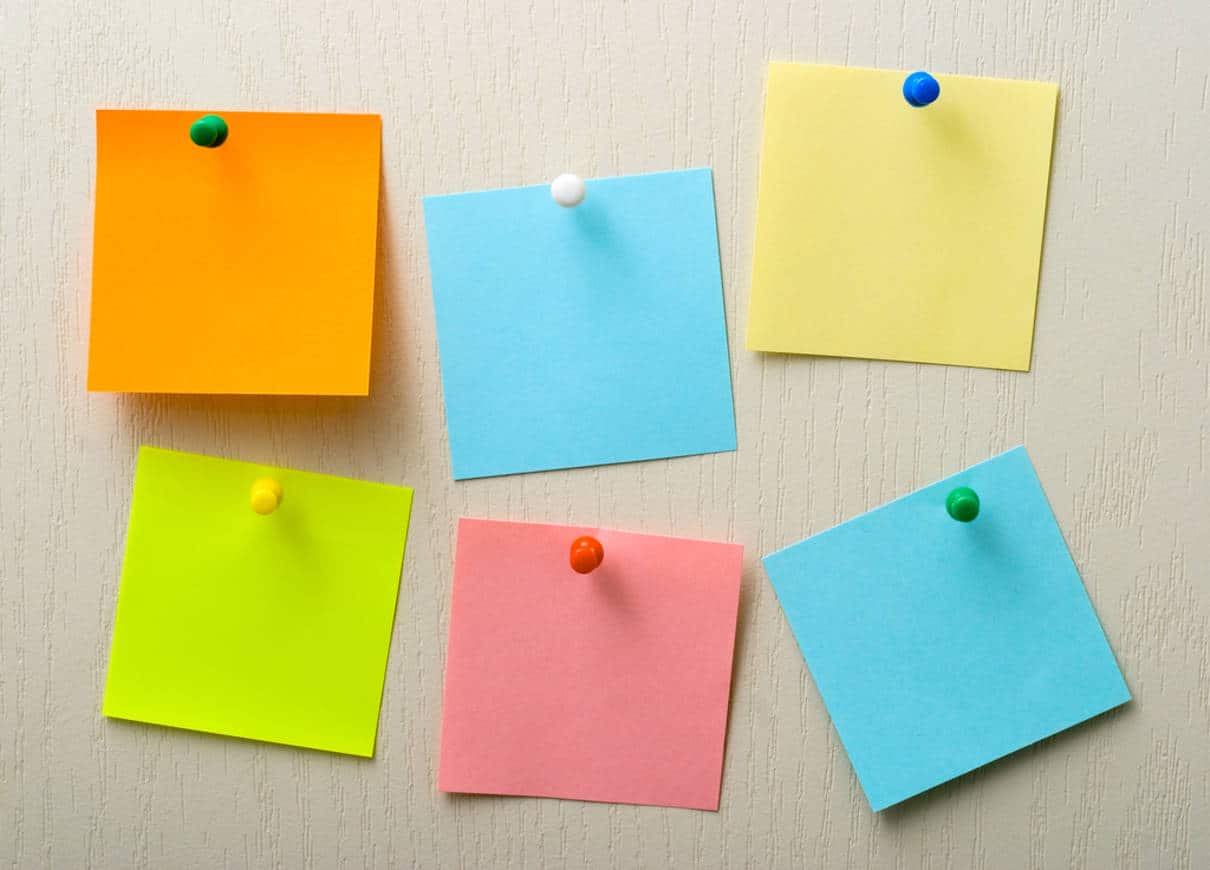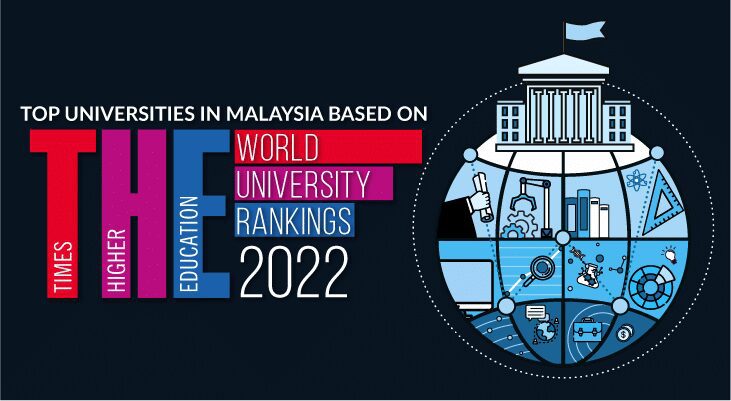We are trained to learn but never to study for exams. Studying techniques, tools, and strategies abound. Today, we will reveal the most efficient revision strategies for students, highlighting their benefits and adaptability for various revision goals. Keep reading for visual descriptions of some of these revision strategies!
#1 || Mindmaps
We were trained to make mindmaps to recap and connect other chapters of a subject when we were young. Mindmaps are helpful for summarising and assessing your knowledge of related subjects.

When to utilise mindmaps for student revision?
Because mindmaps are summary-based review tools, students should utilise them at the start and end of each chapter. A mindmap at the start will assist pupils grasp how topics relate to one another. It aids in displaying all the concepts a learner may encounter.
Revision sessions will be rounded off with mindmaps. This last summary mindmap should be done without any reference material. Draw a mindmap connecting all the topics you’ve covered, trying to retain as much as you can. Finally, compare your original mindmap to this one to see what you missed.
#2 || Utilise Post-its
You can use this to summarise and check your general comprehension of a subject.

When to utilise post-it notes?
Students can use post-its in two ways.
Post-its are usually utilised by students who are reviewing their notes and need to add more information. If the learner needs to recall something, the post-it will help them remember it.
Second, utilising post-it notes this way is effective and enjoyable. This second method of employing post-it notes requires a large working area or a large wall. Write down the main points of a chapter in any order you can remember them. (Remember to use coloured post-its!) To get a BIG and clear perspective of the entire chapter or subject, write down all the main points.
This strategy is enjoyable, enriching, and effective.
#3 || Exam papers and solutions
Past year papers are essential for final exam revision. Because the previous year’s papers provide a solid approximation of the examination format. It helps pupils have a feel for the test. It also serves as a practise for all students. The previous year’s exam questions generally examine the same concepts. They can help pupils reinforce concepts and ensure they are revising correctly.

All students should review previous year’s papers before exams. So practise on them!
#4 || Prepare flash cards
Flashcards are without a doubt one of the best revising tools for kids. Flashcards are utilised when pupils need to memorise large amounts of data. They help remember:
- Difficult math formulas
- Definition for chemistry, biology and science
- Multi-step processes
When to study with flashcards
When you have a lot of terminology, words, vocabulary, and steps to memorise.
#5 || Reflecting
Easy but effective student revision technique Reflection helps pupils grow, understand, and plan their next revision session. Students can assess their retention of content, success in revision, and overall progress.

These basic observations help students better understand their revising process and make modifications as soon as possible to improve their learning.
#6 || Additional Assistance
Personalize your IGCSE prep course with Tiger Campus. These lessons are one-on-one and available 7 days a week. Lessons for IGCSE courses and other international examination are provided.

It is our goal to help students improve their weaknesses and notions.
How to Improve Students’ IGCSE Scores?
- In class, use practise examples to emphasise precision and efficiency.
- Tutors will send parents regular updates and lesson reports via email.
- Topics addressed, improvements found, knowledge gaps targeted
- Each student’s study plan
- You are invited to come in for one-on-one tutoring or to work on last-minute concerns before examination.








